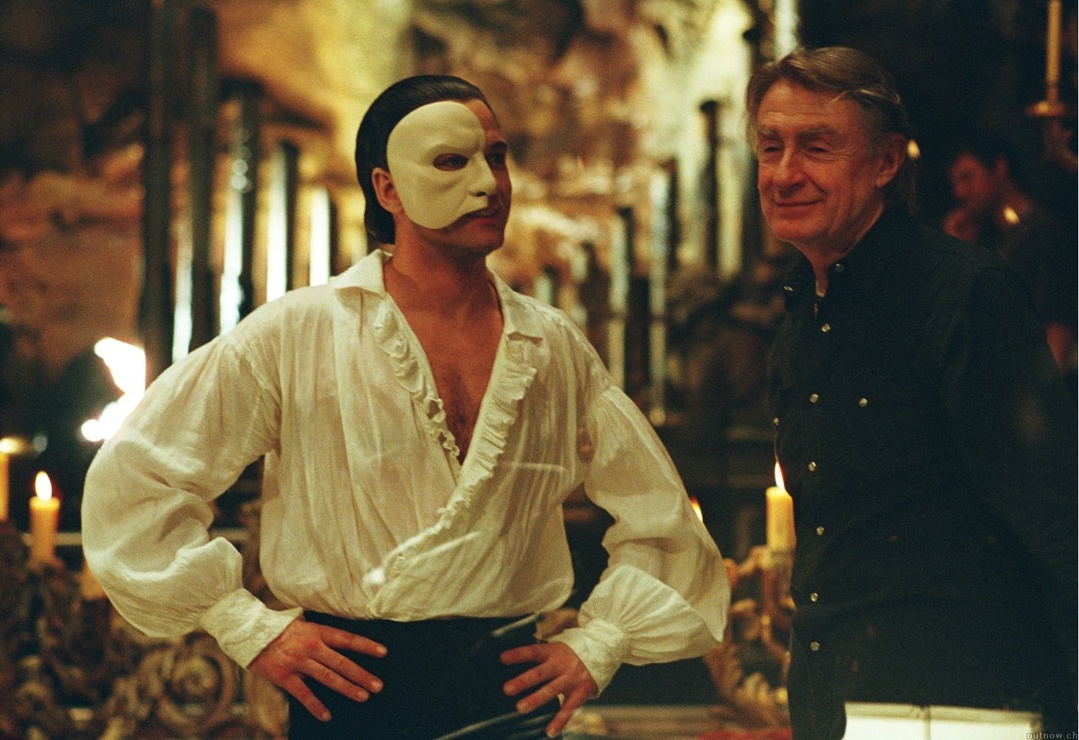
Instead, a tradition began that saw each new, remade version of the story find a different aspect of romance to explore. Unlike other monster characters adapted into films by Universal Studios, the Phantom never seemed to lend himself easily to sequels.

While Leroux’s character has been famous since his first appearance in the 1909 magazine serial (collected into novel form in 1910), and spawned six major cinematic adaptations (along with several TV movie versions, a couple of stage musicals and unofficial spin-off films), the Phantom has never been quite the same figure twice. Yet perhaps the most unabashedly romantic monster is the Phantom of the Opera, Gaston Leroux’s deformed composer who lives in the sewers and tunnels beneath the opera house, pining for the beautiful soprano whose voice has enchanted him. Each monster approaches these themes from a different angle - Dracula is all about seduction and penetration, the Mummy is about the concept of “soulmates” and Frankenstein is about a Monster who longs for companionship.
-photo.jpg)
A majority of iconic movie monsters are concerned with romance and sexuality, not just for marketable commercial purposes but because being in love and being aroused are states where people become vulnerable, letting their defenses down.


 0 kommentar(er)
0 kommentar(er)
